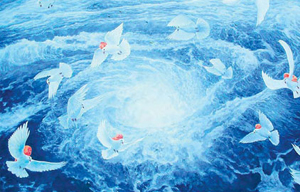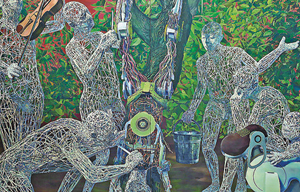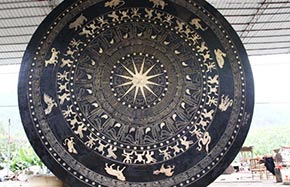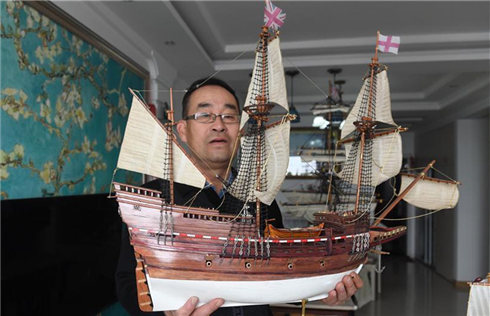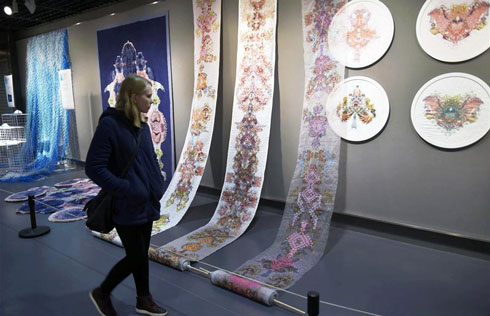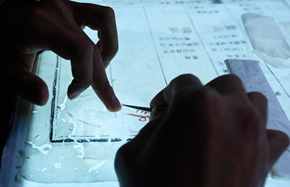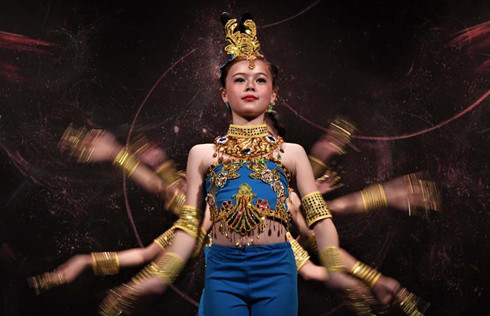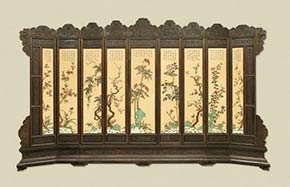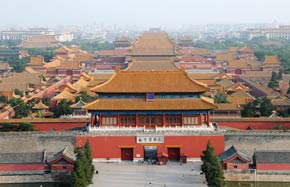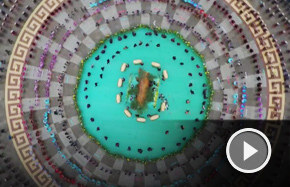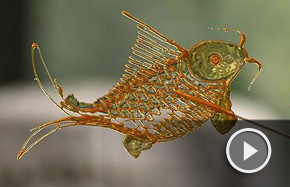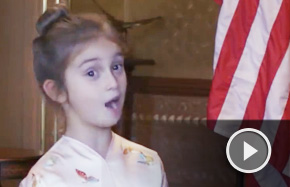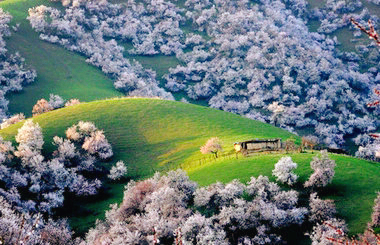Social life, lonely art
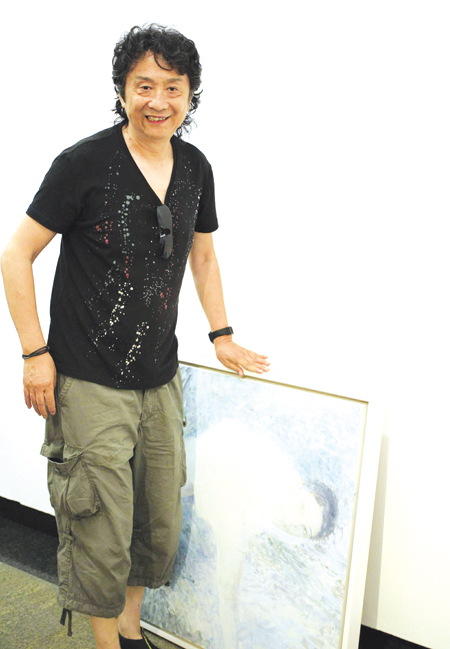 |
|
He Duoling keeps a lower profile as a painter and a professor in his hometown Chengdu. |
"He uses his fame to stage joint shows with his students. I'm lucky to have such a good teacher."
He staged an exhibition with 10 students in Shanghai in 2011 and another with 10 students in Beijing last year.
He says it's difficult for young artists to match the success of his generation - the first group of students admitted to his school after the "cultural revolution" (1966-76).
They are now painting's bigwigs - He, Zhou, Luo and Zhang Xiaogang. Zhang ranks 13th and Luo is 18th on the Hurun Art List that Zhou tops.
"China's door had just been thrown open to the world when we went to the institute," He says.
"The numerous schools and techniques of Western Classical, Modern and Contemporary genres rushed in and shocked us. We'd had a rigidly traditional education and homogenous society during the 'cultural revolution'.
"What we presented after learning from Western art was eye-opening to the public. That enabled us to stage a great coup."
He recalls being stunned by the extremely realistic depiction of grass in American painter Andrew Wyeth's Christina's World, when he first saw it in a magazine in 1981. He decided to use the same technique in his master's degree capstone work, Spring Winds Have Awoken.
Having worked on the desolate grasslands of Sichuan province's Liangshan Yi autonomous prefecture for three years during the "cultural revolution", the painter used his brush to convey his deep feelings about the land.
The painting made a stir, and people interpreted the "spring winds" as symbolizing China's reform and opening-up policy.
Related:
Beautiful scars streak toward the ethereal
He Duoling is hailed as an icon of "scar painting", or "painting the wounded" - an art phenomenon that appeared in the later period of the "cultural revolution" (1966-76). It was a shift from portraying heroes to depicting ordinary people's fates. More...
| Chinese palette | Old nation's new Transfiguration |






